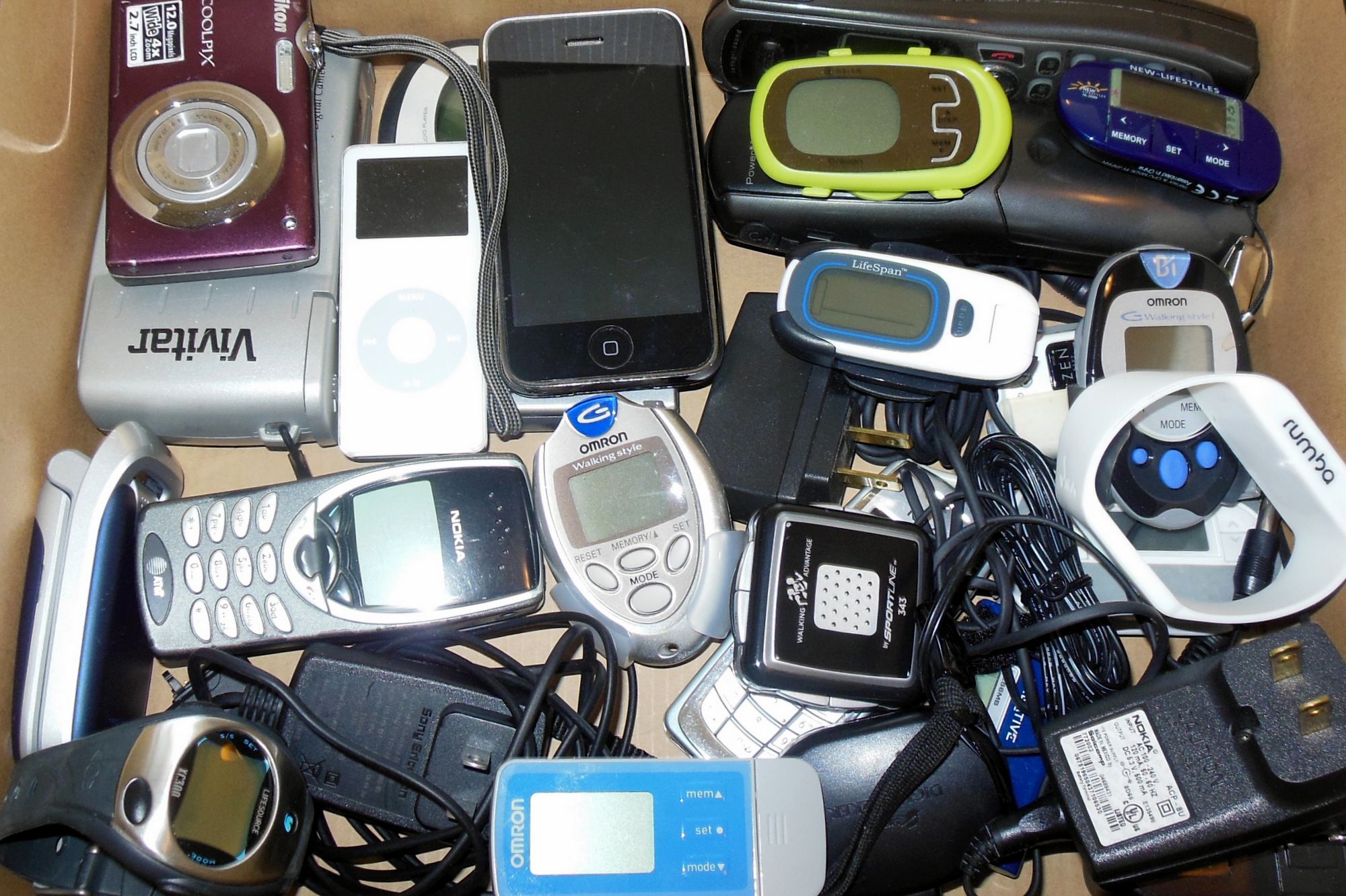
Here’s a way to make an interviewer feel dubious about your candidacy: shake palms for the briefest of seconds, slump in your seat heading off eye contact, and crack your knuckles earlier than answering hard questions. Appearance counts all through interviews — how you get dressed and convey yourself. Even if your responses to questions are ideal, incorrect body language can ship the wrong sign and bitter how you are perceived.

Job Interview Body Language Tips
During your subsequent process interview, follow those hints to venture poise and self-belief (now not jitters and vanity).
Before the Interview
Put to your self-belief even earlier than the interview commences. In the ready vicinity, have top posture simultaneously as status and sitting. Keep your back straight and your chin parallel to the ground. While you may not have met your interviewer at this factor, the receptionist or capable future co-employees may be staring at you. When you sit down to wait, place your briefcase or handbag to the left side of your chair to reduce awkwardness if you have to shake the interviewer’s hand and grasp your private items.
The Interview Kick-Off: The Handshake
The handshake might likely be your only second of physical contact with the interviewer. Studies say that handshakes play a tremendous position in first impressions, so make it matter. Your shake has to be neither bone-crushing nor limp fish. Aim for a firm handshake, and make eye contact and smile as you shake. Read a step-by-step guide to introducing yourself at some point in a process interview.
During the Interview
While first impressions do count for a lot, it’s throughout your verbal exchange that interviewers may have an extended time to take you in.

Your solutions to questions are critical, as is your stance while listening and responding. Remember those frame language guidelines: Posture and Sitting Style: First and main: No slumping! Keep your back instantly. Lean ahead barely to suggest interest. Do not fully recline your lower back into the chair; this can make you seem bored or disengaged. Avoid crossing your palms or setting gadgets on your lap; this behavior suggests defensiveness, nerves, and want for self-protection, while what you would ideally deliver through an interview is self-belief. Tip: If you are presented with a choice of seating, opt for the straight-sponsored chair —plush, cushioned chairs and couches can be secure. However, it’s hard to sit gracefully within them.
Avoid Crossing Your Legs: Most professionals recommend crossed legs. With a long interview, you would possibly need to remove them because your leg is falling asleep. This should come upon as fidgeting. Suppress Restless Habits: Speaking of fidgeting…if you’re a nail-biter, knuckle cracker, hair twirler, or leg tapper, do not allow that behavior to make an appearance in the course of the interview. All will seem unprofessional and bring nerves. Plus, Most of those actions are usually taken into consideration as rude. Use Your Hands: Do you speak along with your arms? Go beforehand and allow them to pass for the duration of the interview. Stopping the natural gestures can also result in a clumsy appearance. Just ensure your emotions don’t grow so enthusiastic that they distract from your phrases.
Eye Contact: It’s vital to make eye contact at some point in your interview, but don’t mistake that for a directive to make consistent eye contact. That is problematic and competitive. At the same time, avoiding eye contact comes across as untrustworthy and remote — it may make it seem like your solutions are cheating. Balance it out: Aim to make eye touch as you listen and reply to questions; however, allow it to break now and again, and let your eyes wander. Think: How could I make eye contact if I had been talking to a pal?
READ MORE:
- Why Is Education So Important for Success?
- How to Write a Recommendation Letter for a Software Developer
- Governor sues IBM for laptop overhaul debacle
- Computer Skills for Resumes, Cover Letters, and Interviews
- Top 5 Tampon Questions and Tips for New Users













